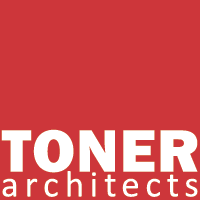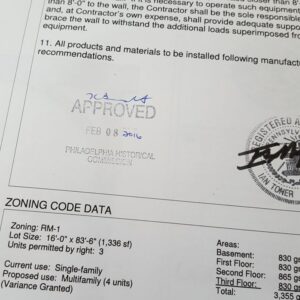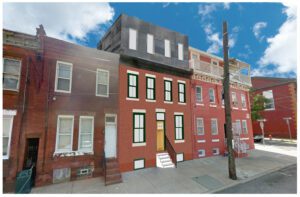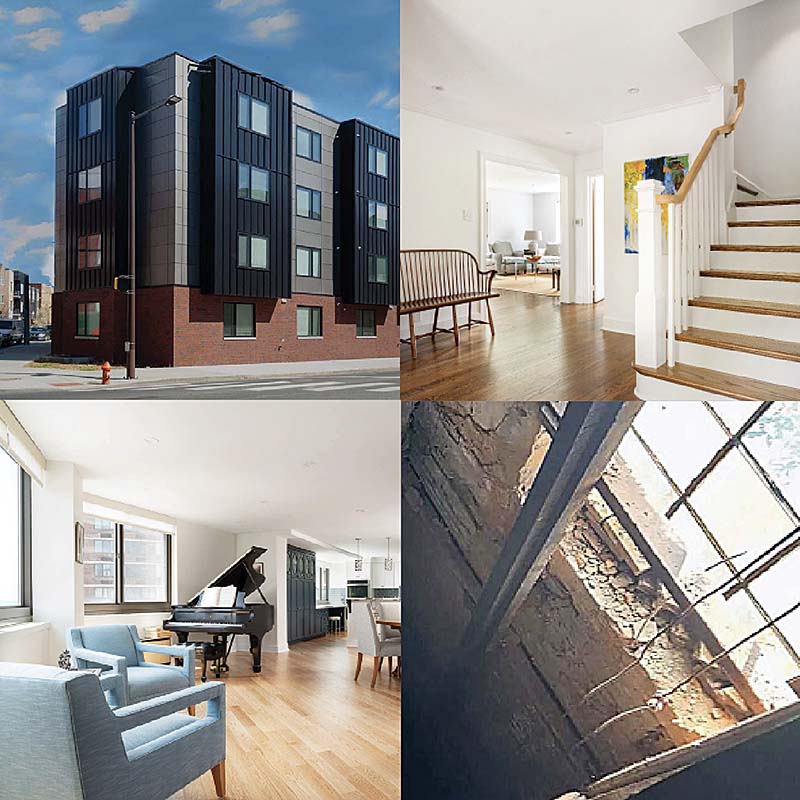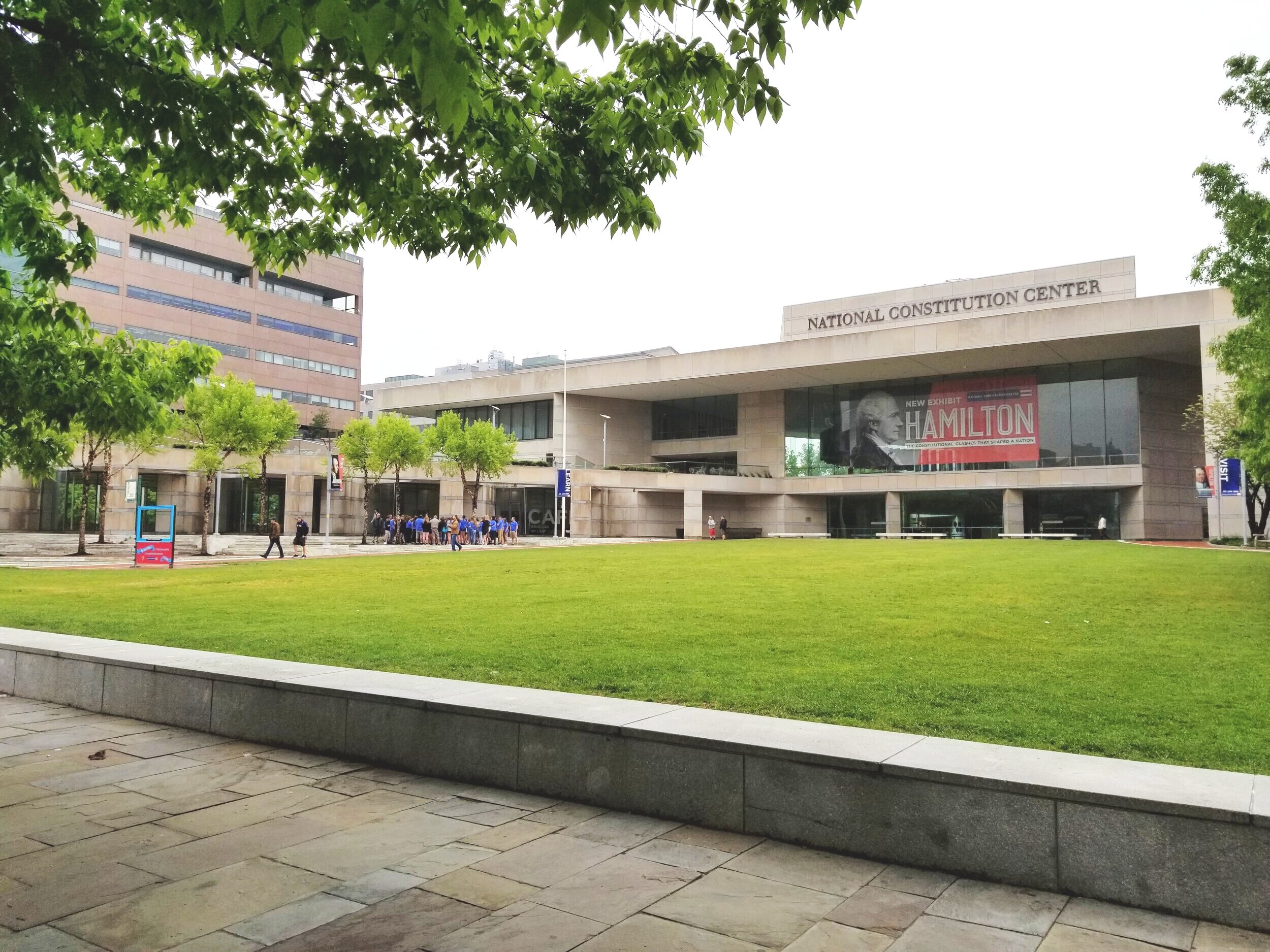I recently read an article from the November/December 2015 issue of Remodeling Magazine called “The Blueprint of a Profitable Partnership”, by Victoria Downing. (I know, I know, I’m pretty far behind on my magazines.) It was a good article, giving readers some tips on what an architect is looking for in a builder. To paraphrase:
- Will you listen, and not impose your ideas on the architect.
- Will you bring the architect’s design to life, or butcher it by cutting corners?
- Will you provide accurate estimates?
- Will you have great workmanship?
- Are you up to date on the latest products and construction methods?
- Will you handle material selection, if necessary?
- Are you organized, and do you communicate well?
- Do you have a record of on-time and on-budget projects?
- Have you done projects like this before?
- Do you consider the architect to be an ally? Will you bring him/her in on future projects?
This is a good list; I think most people would agree that these are reasonable things to want. And it got me thinking – what do we do in our office, to hold up our end of the bargain? How can we be good partners to our contractors?
- We like to listen, as well. Contractors know a lot about how buildings go together–not just how things should happen, but how the actually do happen. By visiting the jobsites and hearing how contractors deal with construction issues, we can provide better designs that will contain solutions in advance, or flexibility where there are unknowns.
- It’s important for us to explain clearly what our priorities are. Most contractors don’t want to cut corners, but they also need to be cost-conscious. By clearly describing what the priorities are, everyone can be on the same page.
- See #2. If we clearly describe what we want to achieve, the contractor can more accurately price the work.
- We believe that providing high-quality drawings and a well-thought-out design will help set a tone with the contractor that high-quality workmanship is expected. We also work to modulate the client’s expectations regarding what good work costs.
- We do our best to stay up to date on what is happening in the field. New products come out all the time–contractors may have a different focus (ease of installation, lower cost) than the architect or client does (durability, performance, aesthetics), but if we’re all keeping our eyes open and are discussing new things as they come out, the team can decide together whether to use a new solution to an old problem.
- Certain materials just need to perform (waterproofing or insulation, for example), while others need to have a certain appearance, too (finishes, flooring, etc). Depending on the project type and schedule, the client may want to depend more on the contractor’s knowledge of what is available immediately, and we are happy to have their input.
- We try, at all times, to have clear, consistent communication. The best result for a project comes from everyone knowing what is happening, and having a chance to chime in on project decisions. That’s part of why we try to involve the builder as early in the process as possible.
- Sometimes during construction, something will come up that stops the project in its tracks. It might be an unusual structural situation, or a clearance that just can’t be met. We try to respond to these situations as quickly as possible, with solutions that are effective and simple. That way, the project can get back on track as quickly as possible, with minimal impact on budget.
- We bring a lot of experience, with many different project types under our belts. We try to learn from past projects and construction so we can constantly improve.
- As mentioned above in #7, we like to get the contractor involved as early as possible. That way, their input can be baked right into the design. And we’re always happy to make recommendations to clients who are looking for them.
Builders–do you have a project that needs an architect?
